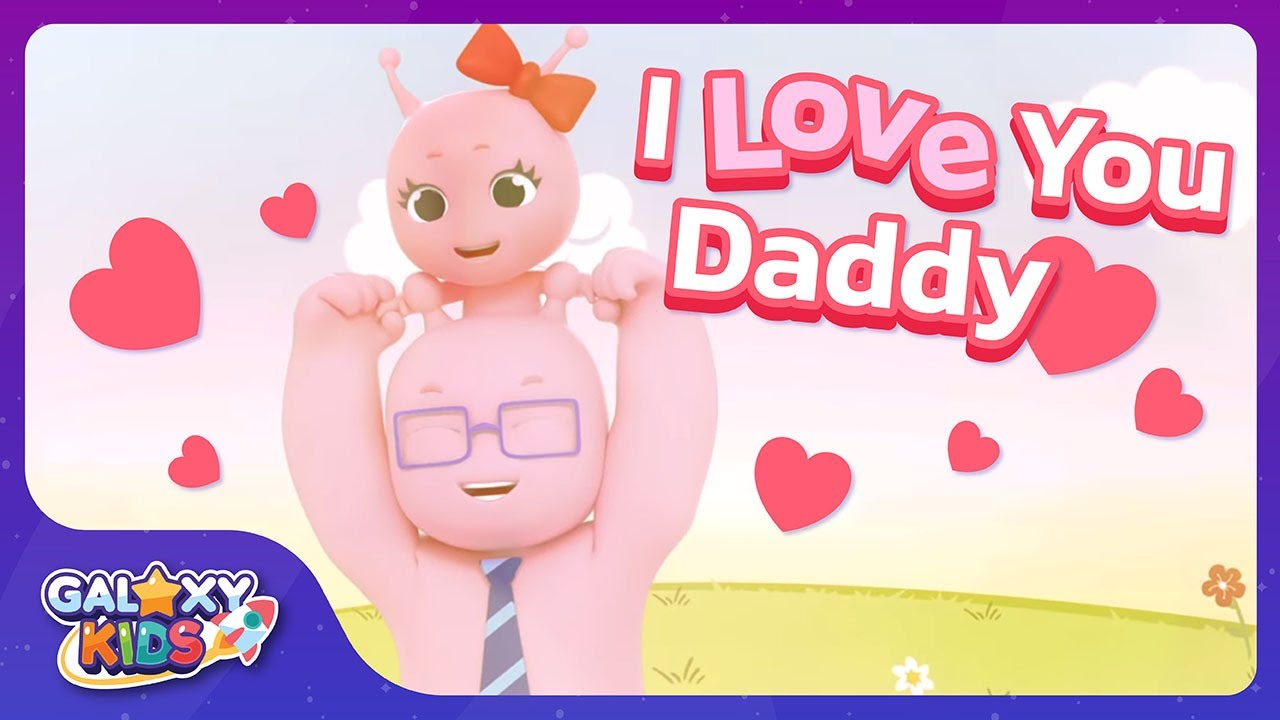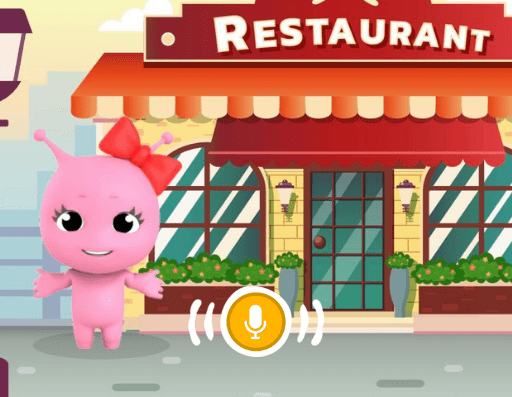Feelings play a huge part in our daily lives and children should learn about how they feel to help them react better to different situations especially when they learn to speak Chinese. They can be taught positive and negative emotions such as happiness, mad, and scared at an early age. As they get older, you can explain emotions such as nervousness, shyness, confusion, and more to them.
Here are 20 feelings vocabulary in Chinese that is related to some basic emotions and feelings for your children.
Feelings and Emotions in Chinese for Kids:
Angry 生气 (shēng qì)
Bored 闷 (mèn)
Cold 冷酷 (lěng kù)
Confused 迷糊 (mí hú)
Excited 兴奋的 (xīng fèn)
Energetic 有活力 (yǒu huó lì)
Guilty 内疚 (nèi jiù)
Happy 快乐的 (kuài lè)
Hot 热 (rè)
Nervous 紧张 (jǐn zhāng)
Sad 伤心 (shāng xīn)
Scared 害怕的 (hài pà)
Shy害羞的 (hài xiū)
Sick 生病的 (shēng bìng)
Sleepy 困 (kùn)
Surprised 惊讶 (jīng yà)
Proud 自豪的 (zì háo)
Tired 累 (lèi)
Worried 担心 (dān xīn)
How To Teach Your Children About Their Feelings in Chinese
When teaching toddlers to learn Chinese with emotional topics, it is advisable to combine direct examples for children to easily imagine. For example, when portraying feelings of anger or happiness, parents should show emotions on their faces.
When pronouncing words of emotions, parents should be happy to smile with children. By combining facial expressions with pronunciation, preschoolers will learn which emotions should use with which vocabulary.
To learn more about Feelings and Emotions for kids, watch our Feeling Song for kids on Galaxy Kids Youtube channel.
When children visualize the relationship between vocabulary and emotions, Galaxy Kids believes that their ability will be extremely good when the kids learn to speak Chinese. Currently, there are many methods of learning Chinese by topic, depending on your child’s interests, personality, and ability to absorb, parents can choose an interactive method when teaching their children to learn English. When they find the right method, they will learn very quickly and effectively in just a short time.
To learn to say Hello in Chinese or more about feelings and emotions in Chinese in Chinese for kids, you can download the Galaxy Kids app – the best Chinese learning app for kids!



